Handling food safely is an important skill when cooking at home in your own kitchen. Learning some basic food safety tips is the best way from keeping you and your family from getting sick.
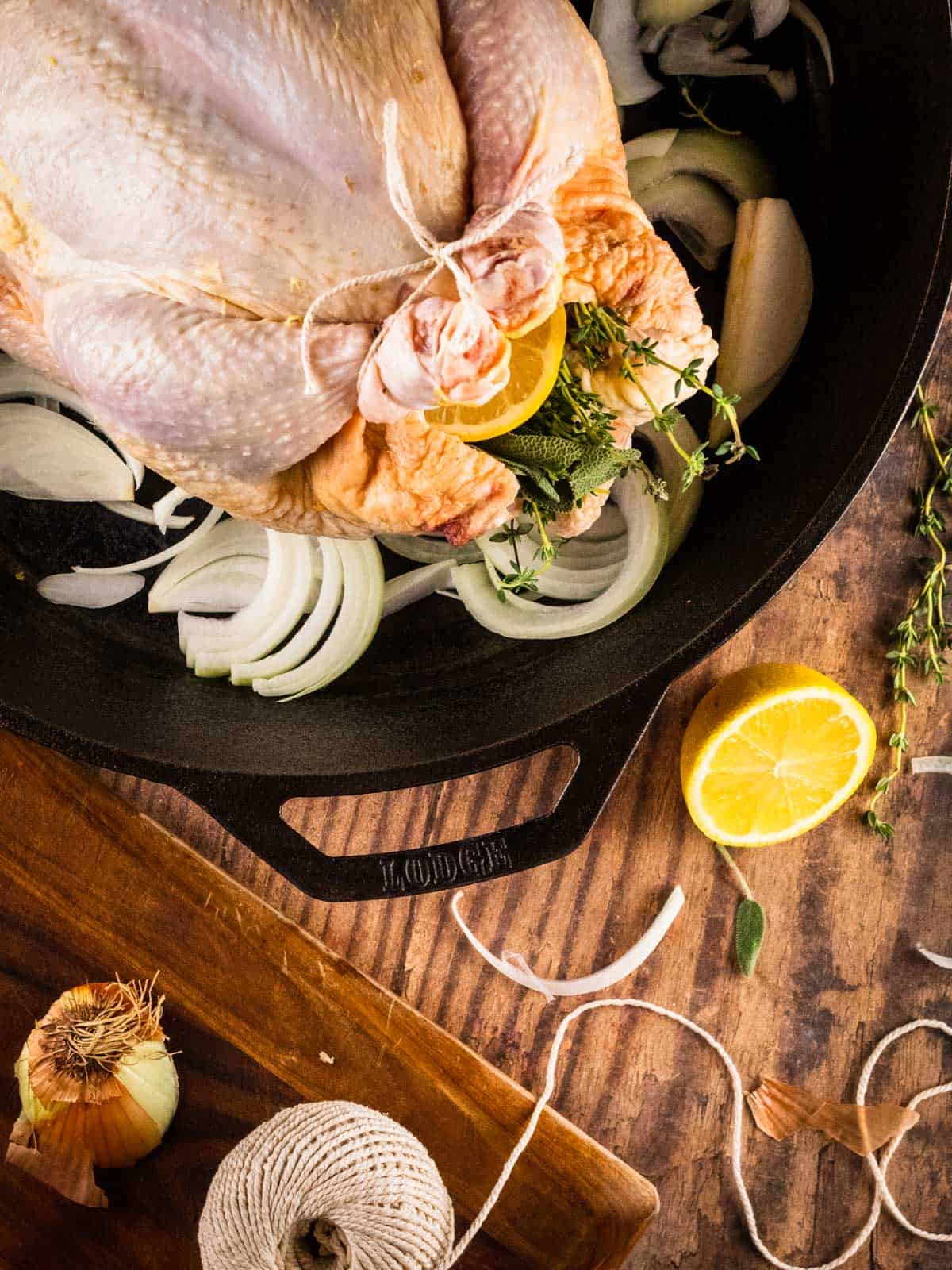
Learning to cook from scratch is a useful skill to have and doesn't have to be overwhelming or difficult. Sometimes the thought of cooking a meal for others can be daunting, for many reasons.
Learning a few simple steps for preparing food safely can help to build your confidence in cooking for others. Follow these 5 basic steps for safe food handling to ensure that both you and your family stay safe from food borne illnesses.
Jump to:
#1 Keep Things Clean
When preparing food, it's important that your hands, work area, utensils and food all are clean and stay clean. Here are some simple rules to follow to keep everything clean during preparation.
- Always wash hands before and after handling food. Washing your hands with warm soapy water before beginning is a great way to prevent germs from getting into your food. If you handle things like raw meat, it's best to wash your hands again to avoid spreading bacteria.
- Make sure to rinse things like fresh fruits and vegetables before peeling or cutting them. This will help to remove any bacteria or dirt that might be left on them.
- DO NOT wash raw meat. Even though people suggest this to remove bacteria, the act of washing the meat can splash harmful bacteria around the kitchen and cause even more of an issue.
- It's a good idea to wipe down cans and can openers before using them so potential harmful bacteria isn't introduced into the food.
- Make sure knives, cutting boards, cooking utensils and pots and pans are all clean before using them. After using them, especially when handling raw meat, it's a good idea to wash them in warm water with soap before using them for something else.
#2 Avoid Cross Contamination
Keeping food separated during preparation can also help to avoid food borne illnesses. The process of unintentionally transferring harmful bacteria from one thing to another is called cross contamination. This can easily be avoided by using separate containers, cutting boards and utensils.
- Keep perishable foods like raw meat, poultry, dairy and eggs away from other foods during shopping, storage and preparation.
- Do not reuse utensils, containers or cutting boards that have been used for raw foods unless they have been washed thoroughly with hot water and soap.
- When marinating raw meat, don't reuse the marinade unless it has been boiled first.
- Keep raw foods separated from cooked foods in containers or on plates.
#3 Cook Through and Keep it Hot
Cooking raw food, especially meat, to the right temperature can help avoid harmful bacteria from forming. Having a reliable kitchen thermometer in the house is helpful to make sure foods are cooked to the safe internal temperature.
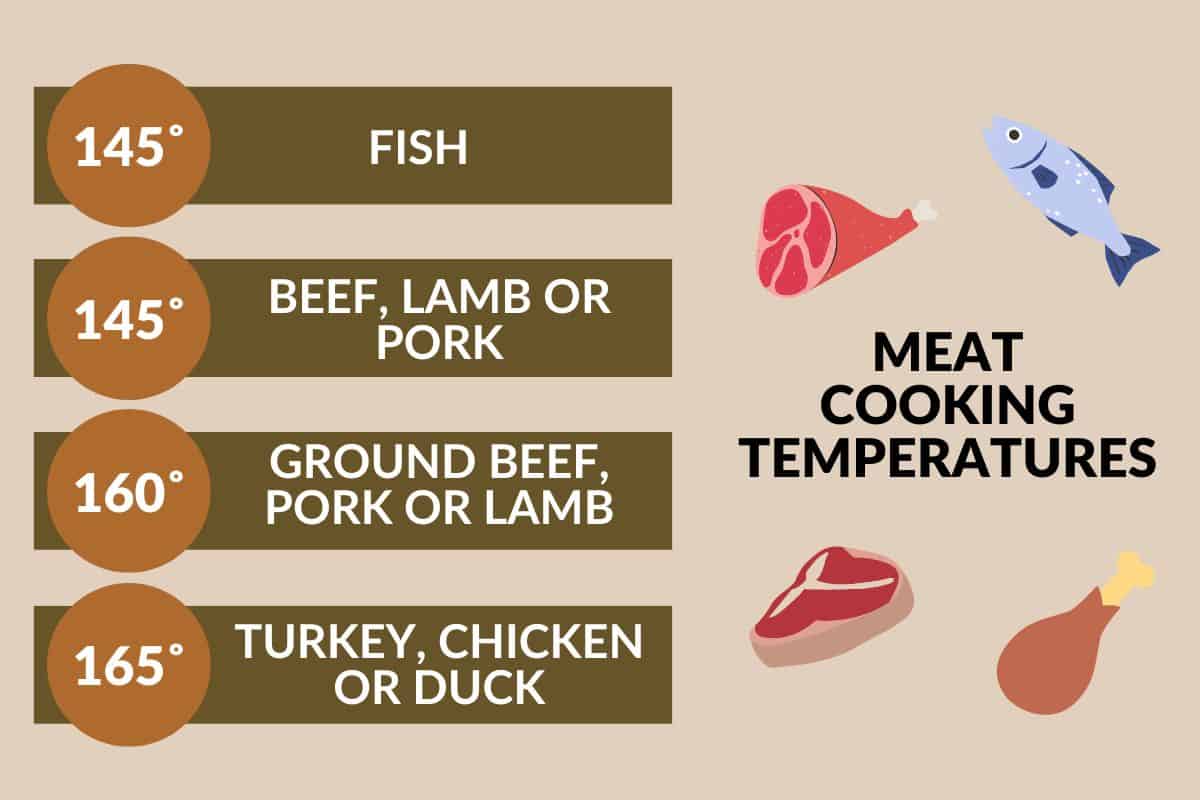
Once food has been heated to a safe temperature, it's important to keep hot foods hot. Food that sits in the "danger zone" (between 40˚F and 140˚F) for too long is at risk for developing bacteria that will make you and your family sick.
#4 Cool it Down and Keep it Cold
After cooking your food, it's important to cool it down as quickly as possible so it doesn't sit in the food temperature danger zone. Cold foods should also not sit out at room temperature for too long or they will also be at risk for bacterial growth.
- Put food in the refrigerator or freezer within 2 hours after cooking or buying it.
- If it's hot outside, a cold food item will only last at room temperature about 1 hour unless stored over ice.
- Thaw foods under cold water, in a microwave oven or in the refrigerator instead of on the kitchen counter.
- Marinate foods in the refrigerator at a cold temperature instead of at room temperature.
#5 Storing and Reheating
Follow these helpful tips for storing and reheating leftovers or food that has been cooked to eat later to help prevent the spread of bacteria.
- Cool cooked food rapidly by placing it in shallow containers that are uncovered in the refrigerator. An ice bath can also help cool soups or sauces quickly.
- Large pieces of food can be cut into smaller portions to help them cool faster.
- Cooled leftovers should be wrapped tightly or sealed in an airtight container to keep out bacteria and retain moisture.
- When sealed and stored properly, most leftovers will keep for 3-5 days in the refrigerator and in the freezer for 3-4 months.
- Leftovers should be heated to a minimum temperature of 165˚.
If you ever don't recognize a tool or skill that I mention, be sure to look it up in the Glossary of Cooking Terms and Definitions for more information.
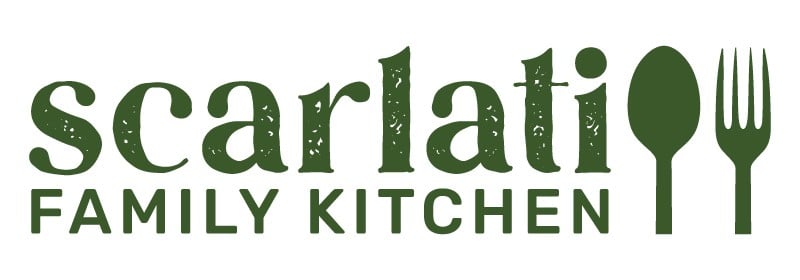
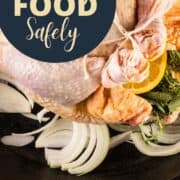
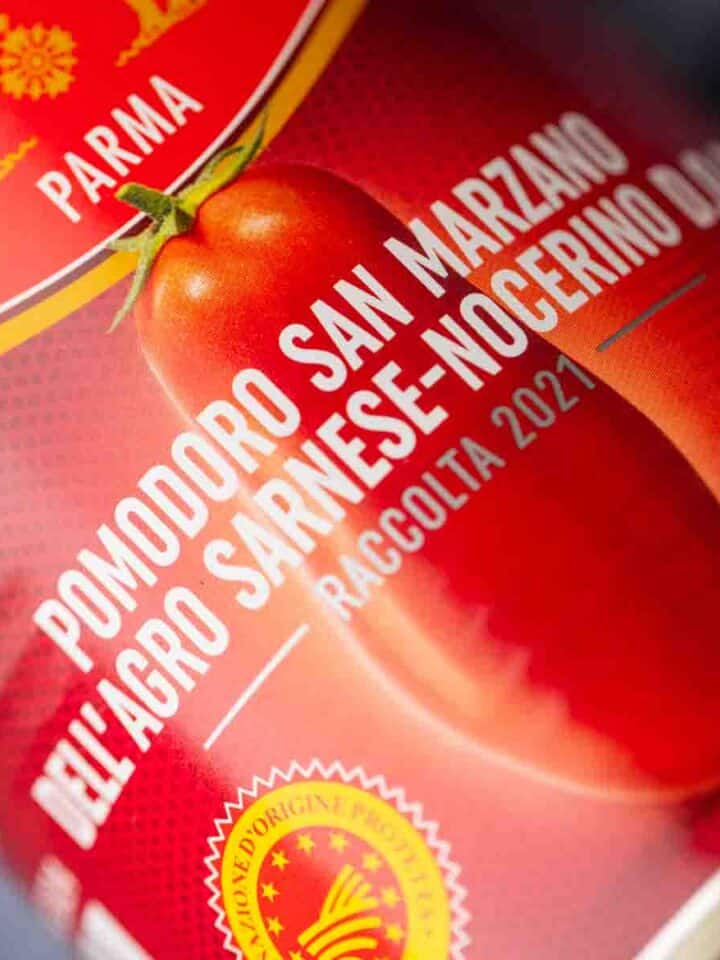
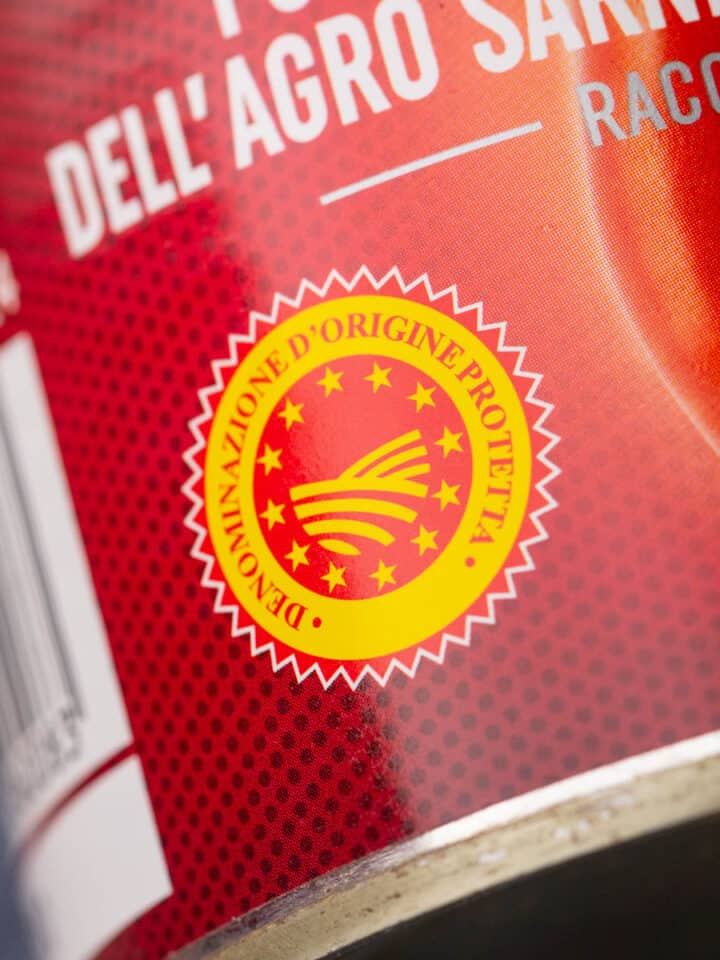
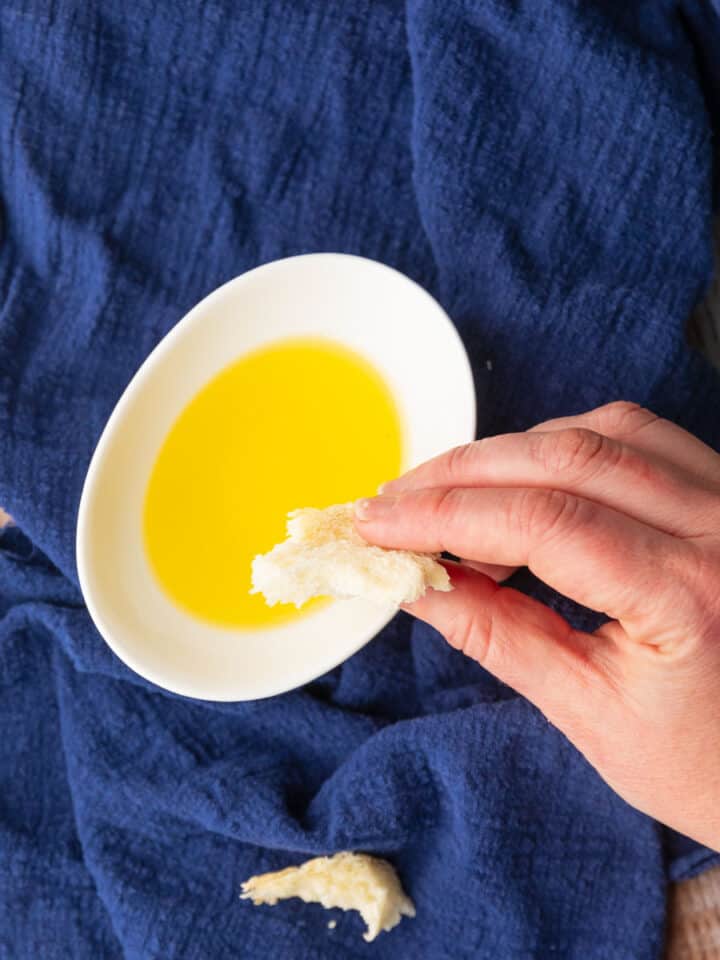
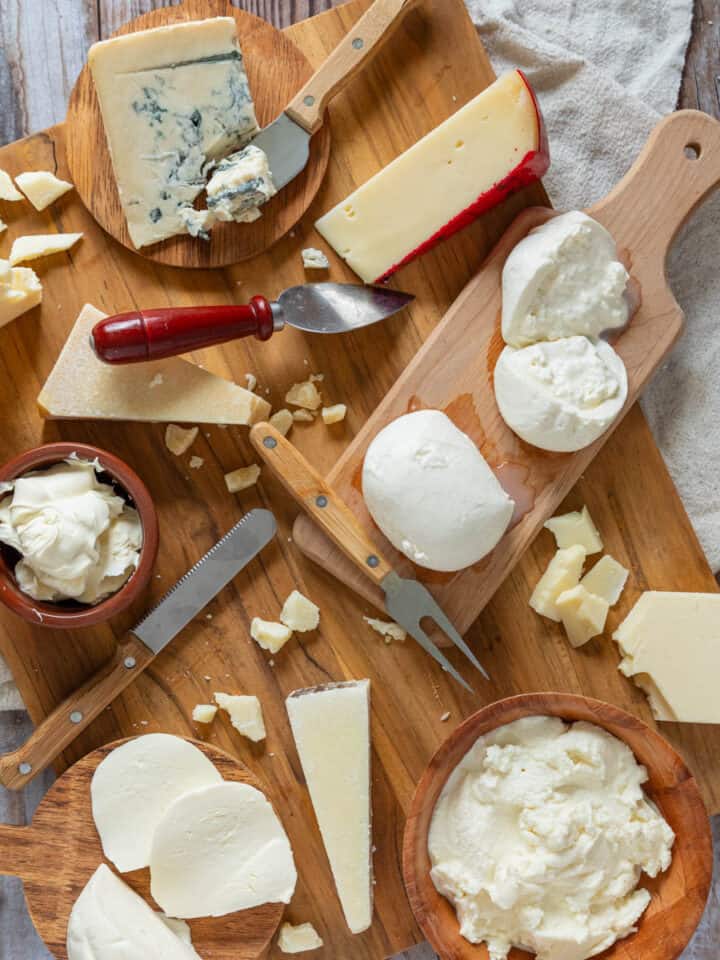
Comments
No Comments